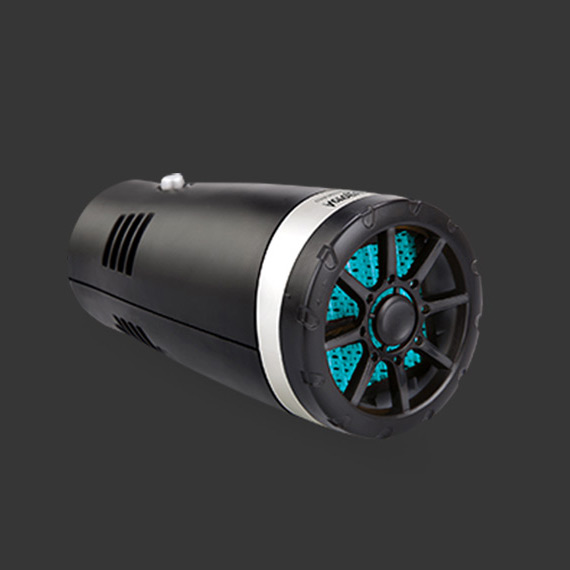Throttle Cable Adjustments for Improved Carburetor Performance in Various Engine Applications
Understanding the Carburetor Throttle Cable Importance and Maintenance
The carburetor throttle cable is a crucial component in the functioning of many internal combustion engines, particularly in older vehicles and small equipment. This cable connects the accelerator pedal to the carburetor, allowing the driver to control the engine's power output and, consequently, the speed of the vehicle. Understanding its function and proper maintenance can enhance performance and prolong the lifespan of an engine.
At its core, the throttle cable transmits the driver's intent to the engine. When the accelerator pedal is pressed, the cable pulls the throttle plate open in the carburetor, allowing air and fuel to mix in greater volumes, thus increasing engine power. Conversely, releasing the pedal allows the throttle plate to close, reducing the air and fuel mixture, which decreases engine power and slows the vehicle down. This mechanism provides drivers with direct control over their vehicle's performance, making the throttle cable a vital link in the power delivery system.
One of the most common issues with throttle cables is wear and tear. Over time, the cable can fray or stretch, leading to poor throttle response or even total failure. A symptom of a malfunctioning throttle cable may include a sticky accelerator pedal, inconsistent engine response, or strange noises coming from the engine compartment. Regular inspection of the cable for fraying or damage is essential to ensure optimal performance. If any issues are discovered, it is usually advisable to replace the cable promptly to avoid more significant engine problems.
carburetor throttle cable

Proper maintenance of the throttle cable can greatly enhance its longevity. Keeping the cable clean and lubricated is essential. Dust, dirt, and debris can create friction, which may lead to a sticky or unresponsive throttle. Therefore, routine cleaning and application of appropriate lubricants can help maintain smooth operation. Additionally, ensuring that the cable is correctly routed and free from obstructions can prevent unnecessary stress and potential damage.
In recent years, some modern vehicles have transitioned to electronic throttle control systems that replace the mechanical cable with electronic sensors and motors. While this change has many advantages, including better fuel efficiency and more precise throttle control, many older vehicles still rely on the traditional cable system. For enthusiasts and owners of classic cars, understanding the carburetor throttle cable’s operation, maintenance, and troubleshooting can ensure a smooth driving experience.
In conclusion, the carburetor throttle cable plays a vital role in vehicle operation, linking the driver's commands to the engine's performance. Regular inspection and maintenance of this cable are essential for ensuring a responsive and functioning throttle. Whether you are restoring a classic car or maintaining regular machinery, paying attention to the throttle cable will undoubtedly contribute to overall performance and reliability.
-
Workings of Clutch Pipe and Hose SystemsNewsJun.04,2025
-
The Inner Workings of Hand Brake Cable SystemsNewsJun.04,2025
-
The Secrets of Throttle and Accelerator CablesNewsJun.04,2025
-
The Hidden Lifeline of Your Transmission Gear Shift CablesNewsJun.04,2025
-
Demystifying Gear Cables and Shift LinkagesNewsJun.04,2025
-
Decoding Clutch Line Systems A Comprehensive GuideNewsJun.04,2025
